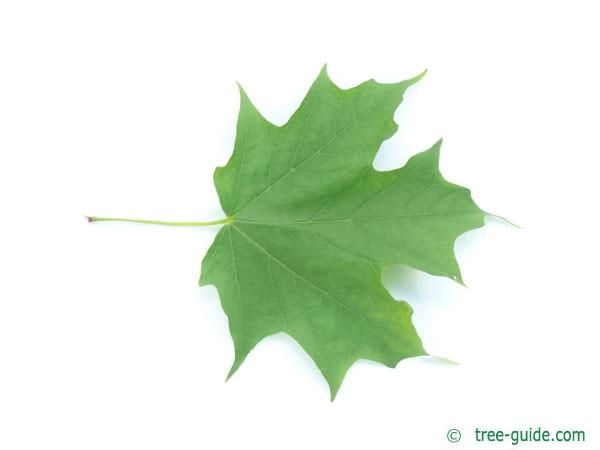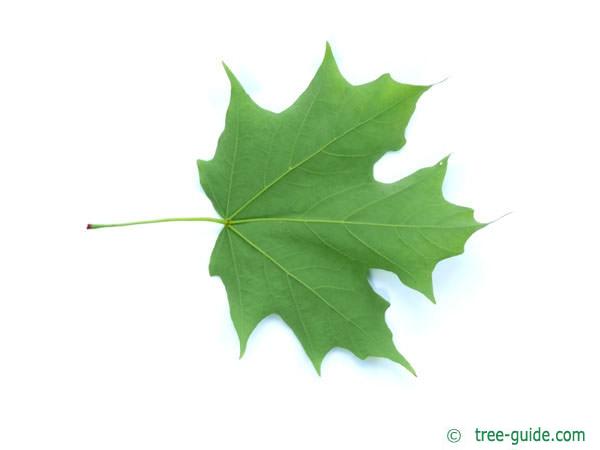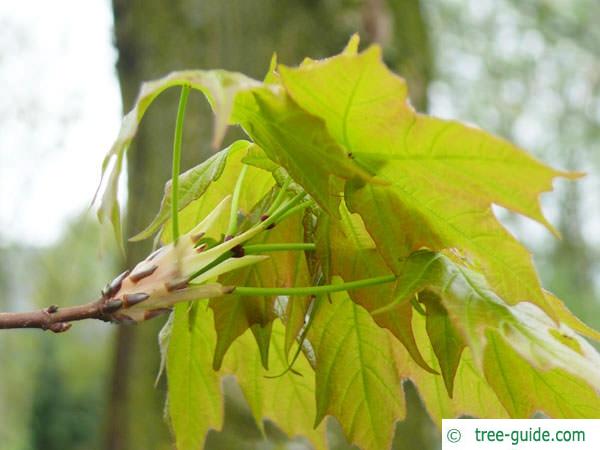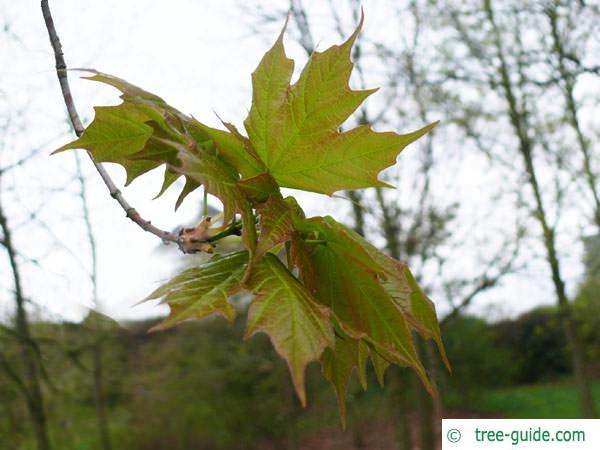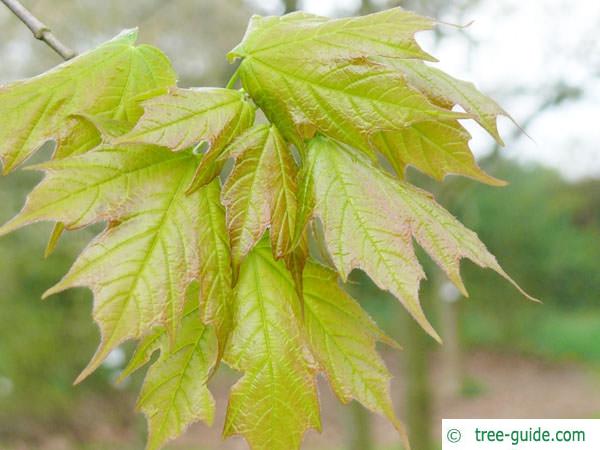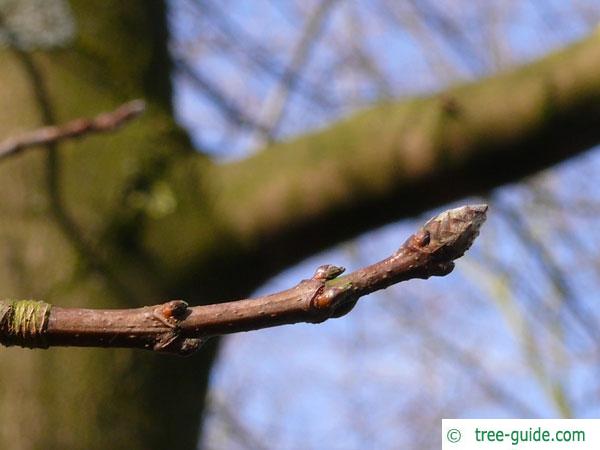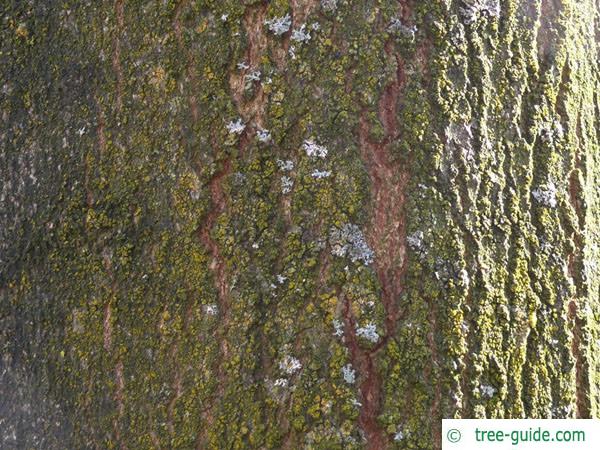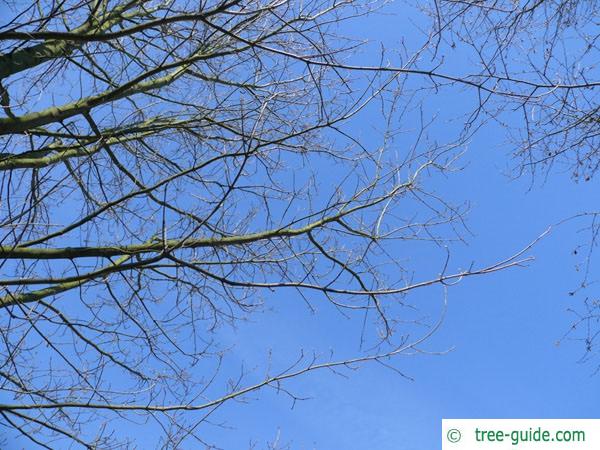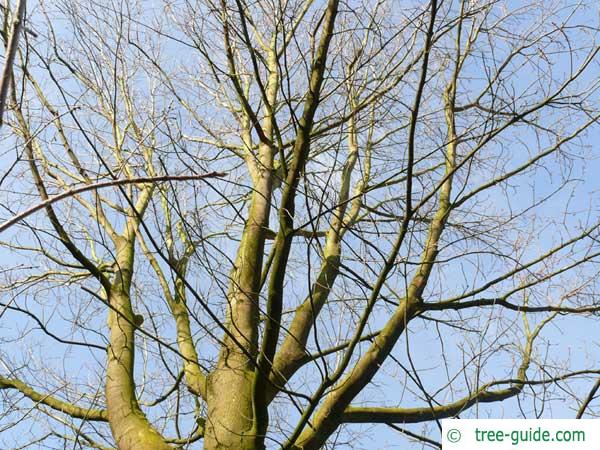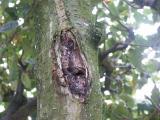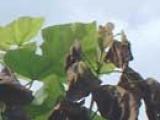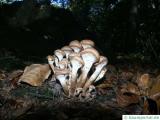Basisdaten
The sugar maple is probably the most important tree for many Americans because of it the world famous maple syrup is produced. The wood is of interest for the furniture industry.
Tree profile
The leaves of Sugar maple are lobed with 3 to 5 lobes. The leaves are up to 20 cm (7.9 in) in diameter. The lower lobes are much smaller than the upper. The leaf margin is smooth.
Yellow umbels with pedunculated flowers.
The fruit is a samara with two winged nutlets. The wings are often reddish and almost parallel arranged.
The branches are light brown and glossy. The buds are reddish brown.
single tree, planting in groups, garden, parks. In America also as forest tree mixed with beech or yellow birch.
The leaf can be seen as an outline in the Canadian national flag.
Maple syrup is made from the sap of the tree.
Mapels additional information
overview leaves | overview blossoms
overview fruit | overview trunk
overview winter | overview trees







